If you have a lock with no keys and are unable to enter the premises then you can use the methods given below. A locksmith can make a key from a lock by following easy techniques. To ensure security you can refer to the below-given instructions.
Steps To Make A Key From A Lock
Quick Navigation
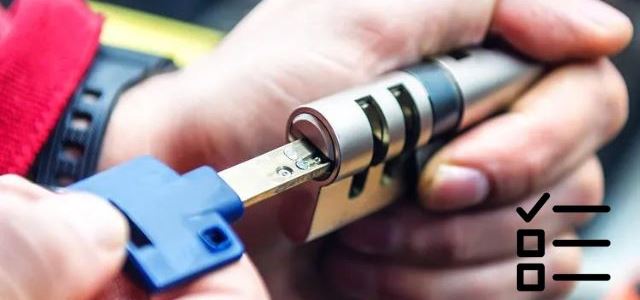
The locksmith knows some of the well-known methods to make keys for the lock. We have listed down and explained the three most common methods.
1. Cutting New Keys As Per The Code
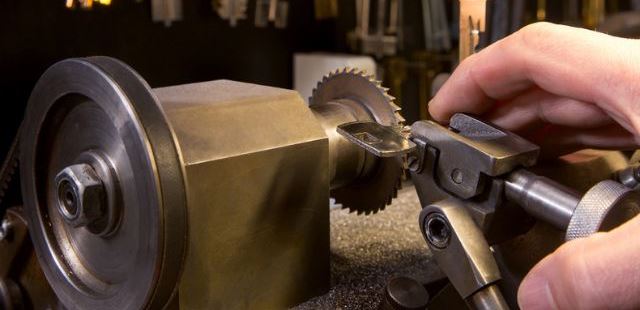
This is comparatively an easier method to make the key from the lock. Key codes are specific for each lock. The locksmith needs to identify these special characteristics. This assists him to make another key for the defective lock. The key codes are of two types the bitting code and the blind code.
Locksmiths focus mostly on the bitting code. The reason being Bitting codes are used to make the actual keys from the key blank. The only problem is that this method does not always get successful. The reason being the locksmith does not always have access to the required key code.
Usually, the key code is stamped on the original key of the lock. Keycode cards are given to the customer if they use a high-security lock. So, now you need to use the lock model to know about the bitting code. You can go and ask your retailer or manufacturer. They provided these codes to licensed locksmiths only.
But this is not the case for all locks. Cabinet locks have their keys stamped in their lock bodies. Using the code cutter, the locksmith can make another key from the key codes. There are many key cutters used in the standard locksmith industry.
In the process of making new keys, you have to properly insert the key blank into the cutter. But, make sure to use the correct code cutting blade. Perfectly accurate and precise dimensions are taken by a locksmith on blank to make the key.
2. Impressioning A Lock
This one is a less tricky option. You don’t need to find out the codes to make a new key. The process is to mark out a key blank using the location of pins inside the lock cylinder. Usually, the process takes 10 to 15 minutes but for beginners, it may take some more time. Some locks like disk detainer locks take more time and are a little more difficult to unlock.
Conventionally, locksmiths used to use steel-made tough key blanks. Whereas Aluminium Key blanks are way too soft and can get cracked very easily under pressure. But now, they use a key grip, brass-made key blank, file, and one magnifying glass. These materials are softer and easier to make a key impression.
Locksmiths have a preference for some unique common tools. They usually prefer a 6-inch swiss #4 cut round file or pippin file. It gives precise and fine cuts. They also use the key grip for holding the key while making an impression on the key. And then, a magnifying glass to focus for precise cuts on the key. Pippin files are used by some locksmiths as they give both flat and round profiles for the key blank.
In this process, the first step is to insert the key blank inside the lock. Then they move it forward and back to make tiny little marks on the key blade. When sufficient marking is achieved, a key blank is taken for the filing process to make the cuts on the key blank.
It is necessary to make sure that the cuts are of an exact size so that pins get raised when inserted inside the lock. The locksmith must remain calm during the whole process. Otherwise, preciseness will not be achieved while making the cuts. In the worst case, the key blank may get cracked also.
3. Disassembling The Lock
This is the last option left with the locksmith when he is unable to make key impressions or the lock gets damaged. This process is not very easy to accomplish. It is sometimes more complex than making an impression of the key on a blank. They try to disassemble completely the whole lock cylinder. After that, they try to reverse engineer the key bitting process. They do it by maintaining the alignment inside the lock cylinder and pins height within.
So, the most important thing to make sure is that no part of the lock is damaged. , the alignment is not disturbed while disassembling. For this process, forensic locksmiths use Non Destructive methods of disassembling the lock. For example, in the case of a pin tumbler lock, the locksmith has to take out the lock from the door. Then, disassemble it so that alignment is not disturbed.
The locksmith also needs to ensure that the lock is in an unlocking position. This makes it simpler to disassemble. He removes the screws placed inside the shackle, then removes the top cover pin and circlip. In this way, the pin tumbler lock is completely disassembled.
Disassembling is advantageous for the locksmith. He can get direct access to the pins housed inside the lock cylinder. This helps them to make direct measurements of the internal lock components. Then, make a new key from the data obtained. He should note down the pin order from tip to shoulder. This enables them to match the pins with the pinning gauge.
After the new key details are noted down, he should reassemble the lock. He should line the tabs placed at the back of the tumbler. Then insert the spindle and fix the lock back on the door. In this way, the lock remains intact and you don’t need to buy a new lock.
Tools:
- The Code Cutter
- Key Duplicator
- Pippin File
- Code Machines( Motorized And Punches)
- Master Pad Lock
Whom Locksmith Ask For Permission To Make A Key?

The locksmiths ask the owners for permission to make a new key. Owners need to give proof that they are the real owners. In the case of tenants, they need to get permission from their landlords. In some cases, the locksmith needs to go to the original manufacturer also to get the keycodes.
Some keys are protected by U.S. patent laws and a fine of up to $10000 can be imposed if found guilty. This is imposed on locks that come under the selected range for fine imposition. Hence, the permission of the owner is necessary and duplication must not be practiced without mutual agreement.
Advantages Of Contacting A Professional Locksmith.

A professional locksmith always practices ethical ways to make a new key. Their priority is to not damage the lock parts and alignment. In this way, your property remains intact and no damage is done to the available lock. Also, they are competent on a wider range of locks which makes it easier for them to make the key. They also are licensed with original manufacturers to make a new key code.
1. What Does It Cost To Make A Key From A Lock?
Some locksmiths charge on an hourly basis like from$50-$100. To make new keys, it costs about $10-$150. For Home Key unlocking, it is nearly $100-$200. For Car Keys, they charge up to $50-$100. For Emergency hours service, you will have to pay $150-$250.
2. Is It Possible For A Locksmith To Make A Key From A Lock Cylinder?
Yes, but only professional locksmiths can do it. They have the right set of tools and required precise expertise to cut down or impression the keys on a blank. Chances of lock not getting damaged are also higher with professional locksmiths.
3. How Does Rekeying Work?
Rekeying is done usually when the present keys are lost or damaged. In this case, you can buy a rekeying kit. In this kit, you get around three to six keys. All of them are cut identically.
These keys have new pins and are coded with either numbers or different colours. These specify their position inside the plug. Some simple tools are also included in the kit. The new keys correspond to the new set of pins only.
Rekeying is quite beneficial in case of multiple locks to be repaired. Instead of buying, you can rekey them which saves quite a big amount of money.
Final Talk
To summarize, on the whole, you get a relaxation that key can be remade for a lock not working due to keys lost or damaged. All the locks cannot be fixed back. It is better to get the help of a locksmith instead of trying on your own to remove the lock from its fixed position. It is better to contact a professional locksmith as they are licensed for these kinds of works. They are affordable and provide you with a safe option.


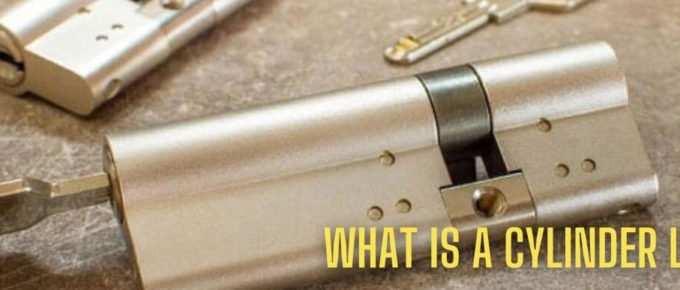
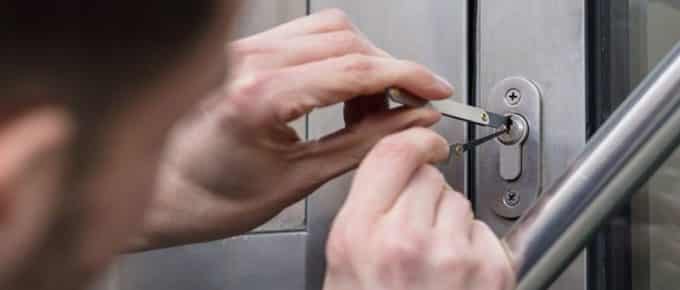
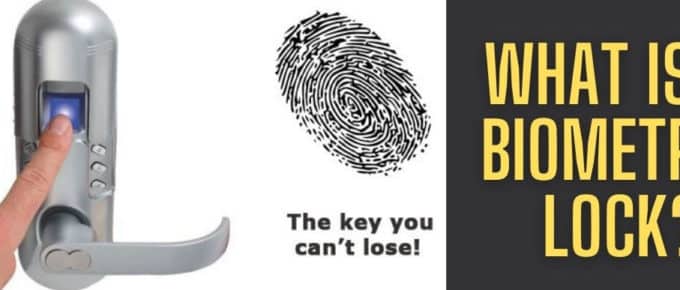
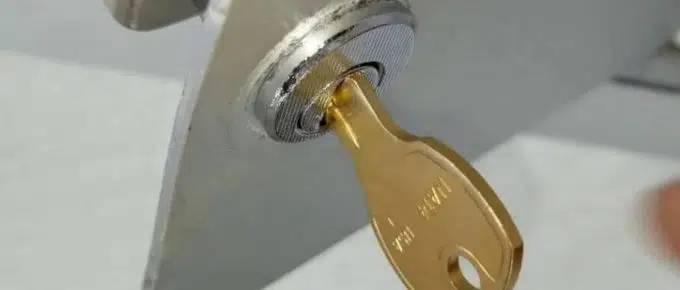
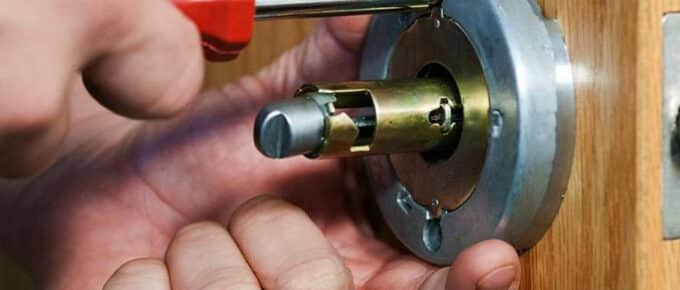
Leave a Reply